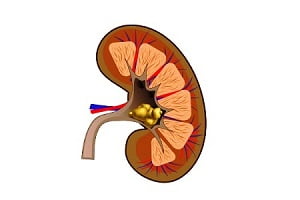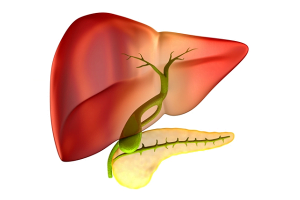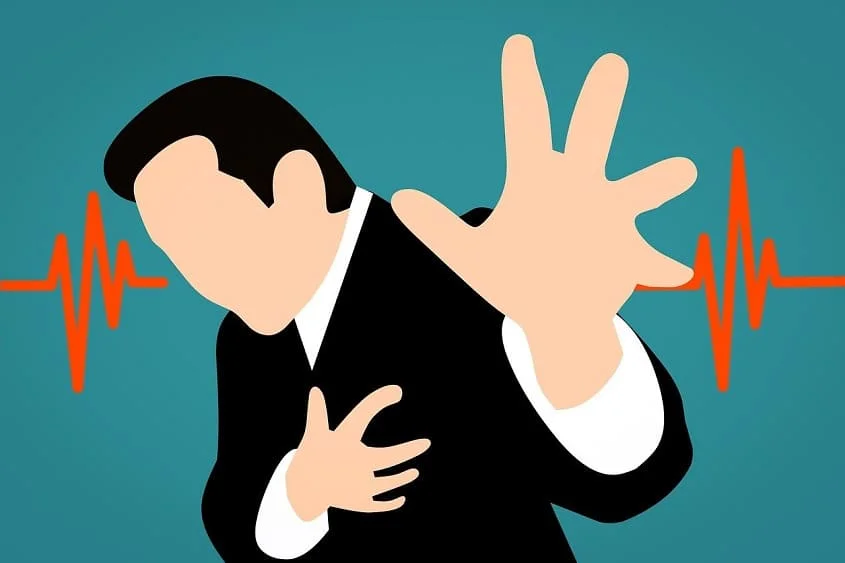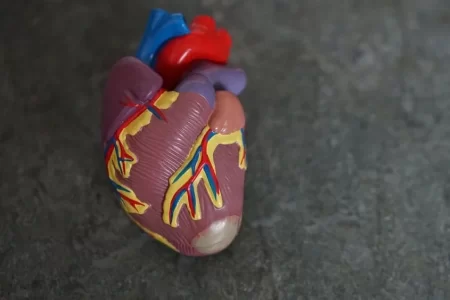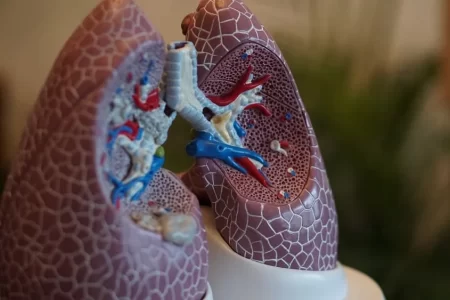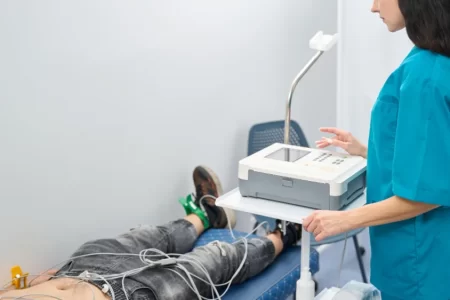Understanding PVCs
PVCs are characterized by premature contractions of the heart’s lower chambers, known as ventricles. These contractions disrupt the normal electrical rhythm of the heart and can result in an irregular heartbeat pattern.
Causes of PVCs
The exact cause of PVCs can vary, but several factors and conditions may contribute, including:
- Heart Diseases: Underlying heart conditions, such as coronary artery disease or heart failure, can increase the risk of PVCs.
- Stress and Anxiety: Emotional stress or anxiety may trigger PVCs in some individuals.
- Stimulants: The use of stimulants like caffeine, nicotine, or certain medications can induce PVCs.
- Electrolyte Imbalances: Abnormal levels of electrolytes like potassium or magnesium can lead to PVCs.
- Structural Heart Issues: Structural abnormalities in the heart’s ventricles may be a cause.
- Medications: Certain medications, especially those used to treat other heart conditions, can trigger PVCs as a side effect.
Symptoms of PVCs
PVCs may not always cause noticeable symptoms, but when they do, common symptoms may include:
- Palpitations: Feeling like the heart is skipping beats or beating irregularly.
- Fluttering Sensation: A sensation of fluttering or flip-flopping in the chest.
- Chest Discomfort: Mild discomfort or pressure in the chest.
- Dizziness: Brief episodes of dizziness or lightheadedness.
- Fainting: In rare cases, PVCs can lead to fainting (syncope).
Diagnosing PVCs
The diagnosis of PVCs typically involves:
- Medical History: Your healthcare provider will inquire about your symptoms, medical history, and any underlying heart conditions.
- Physical Examination: A physical examination may reveal irregular heartbeats or other signs.
- Electrocardiogram (ECG): An ECG records the heart’s electrical activity and can help detect PVCs.
- Holter Monitor: A portable device worn for a day or more to continuously record heart rhythms.
- Event Monitor: Similar to a Holter monitor but worn for a more extended period, often up to a month.
- Echocardiogram: An ultrasound of the heart to assess its structure and function.
ICD-10 Codes for PVCs
ICD-10 codes play a vital role in accurate medical documentation and coding of PVC cases. The relevant ICD-10 code for PVCs is:
- I49.4: Other premature beats
These codes facilitate communication among healthcare providers, accurate billing, and insurance claims processing.
Management and Treatment of PVCs
The management of PVCs depends on their frequency, severity, and underlying causes. Management options may include:
- Lifestyle Modifications: Reducing caffeine and stimulant intake, managing stress, and getting adequate sleep.
- Medications: Antiarrhythmic medications may be prescribed for frequent or symptomatic PVCs.
- Treating Underlying Conditions: Managing underlying heart conditions or electrolyte imbalances.
- Catheter Ablation: In cases of frequent or severe PVCs, a procedure called catheter ablation may be recommended to eliminate the source of abnormal electrical signals.
Preventing PVCs
Preventing PVCs involves lifestyle adjustments, including:
- Stress Management: Practice stress-reduction techniques like deep breathing and meditation.
- Healthy Diet: Consume a heart-healthy diet with reduced caffeine and stimulants.
- Regular Exercise: Engage in regular physical activity, following your healthcare provider’s recommendations.
- Medication Management: Take medications as prescribed and discuss potential side effects with your healthcare provider.
PVCs, or Premature Ventricular Contractions, can be concerning for individuals experiencing irregular heartbeats. Understanding their causes, symptoms, and the role of ICD-10 codes in medical documentation is vital. If you suspect PVCs or experience symptoms, seek medical evaluation for diagnosis and appropriate management. Early intervention can provide relief and ensure your heart’s overall health. Always follow your healthcare provider’s guidance for personalized care.
In summary, awareness of PVCs and their diagnostic and coding aspects is essential for effective management and improved outcomes for individuals affected by this heart condition.
